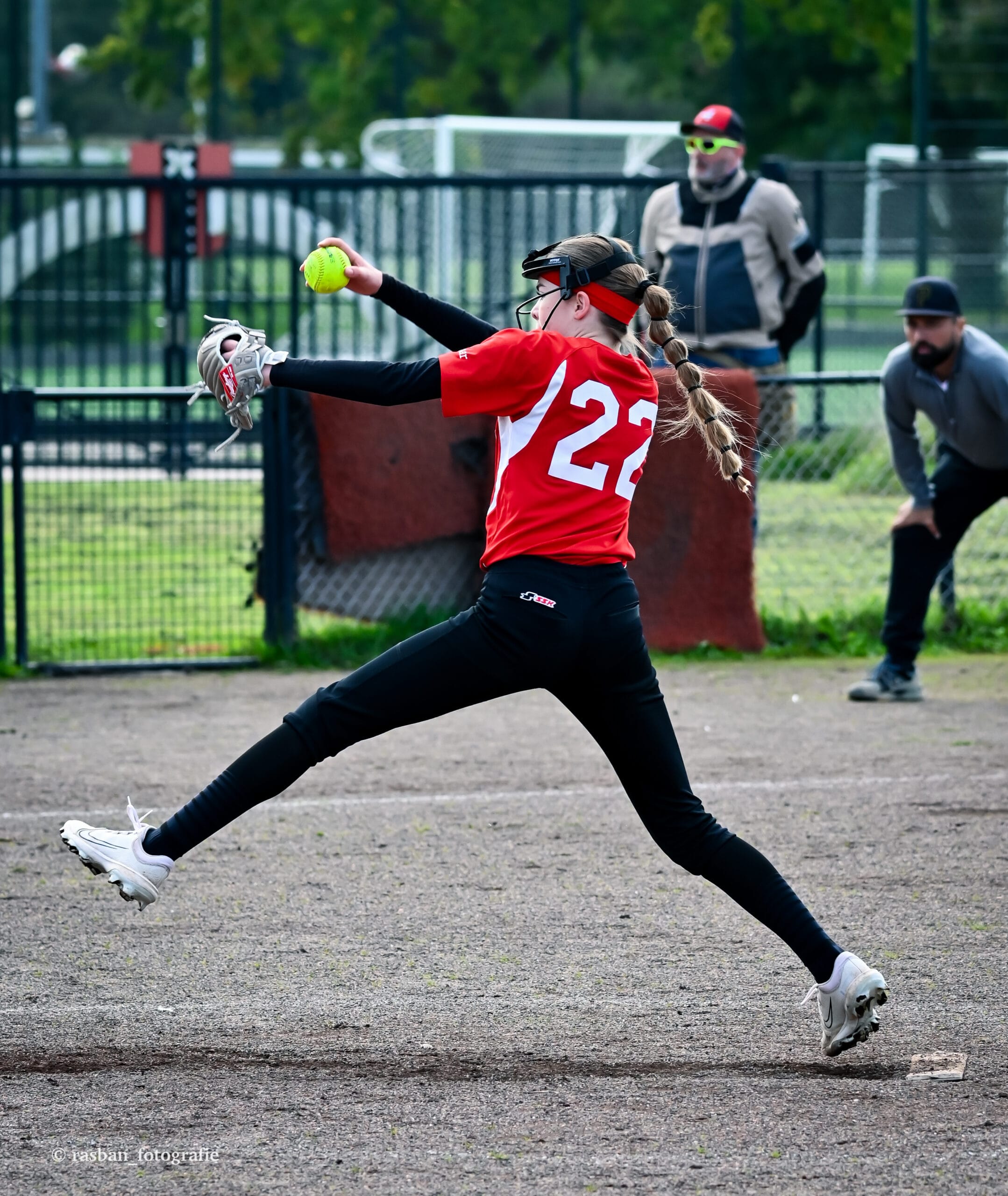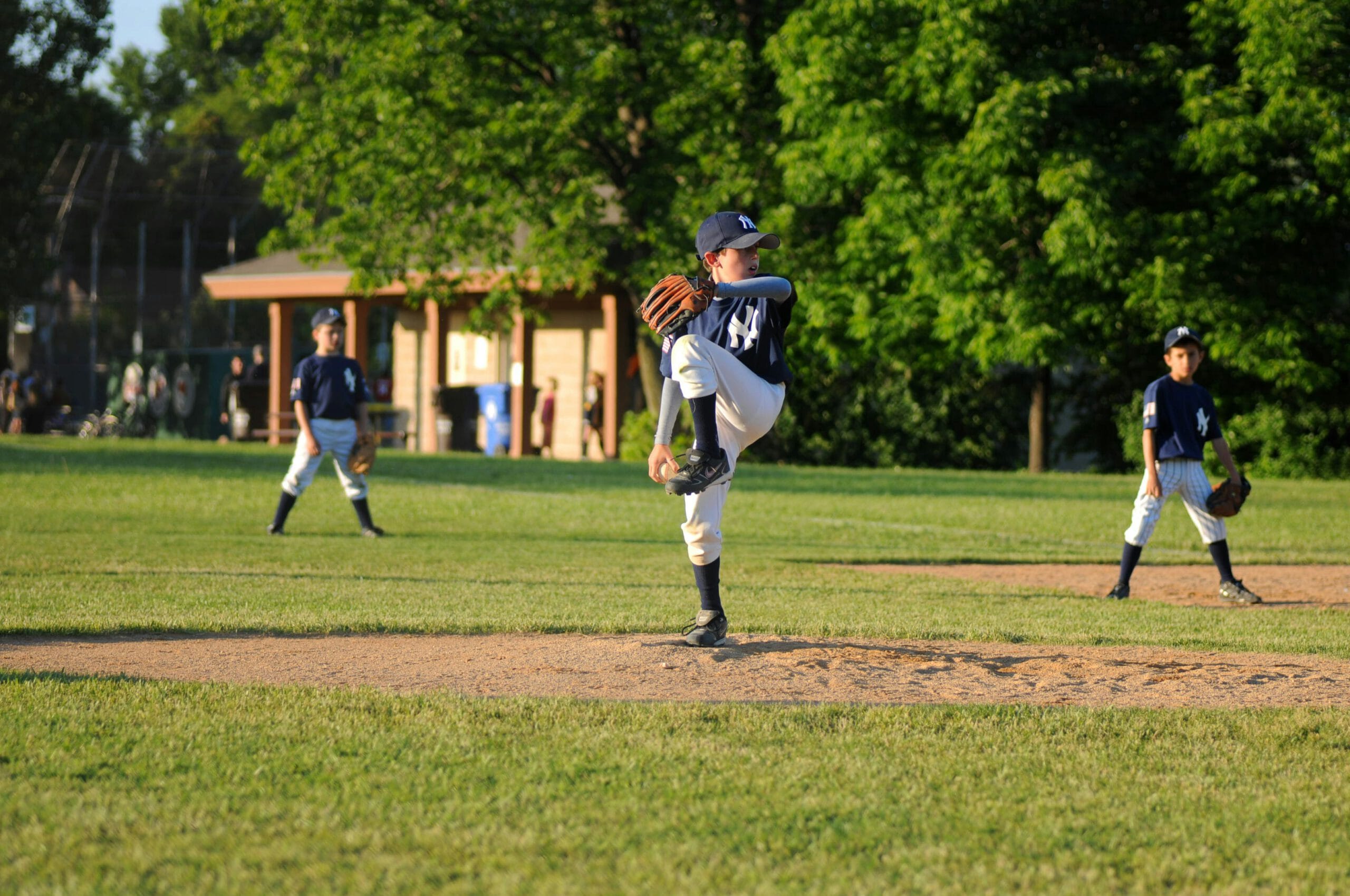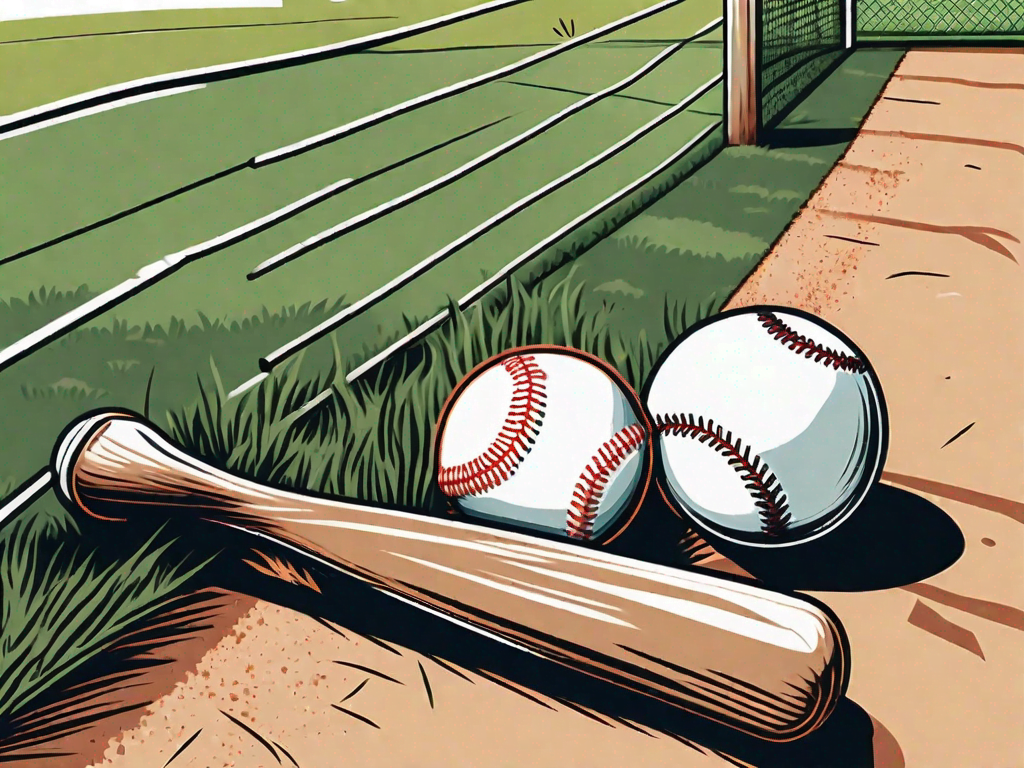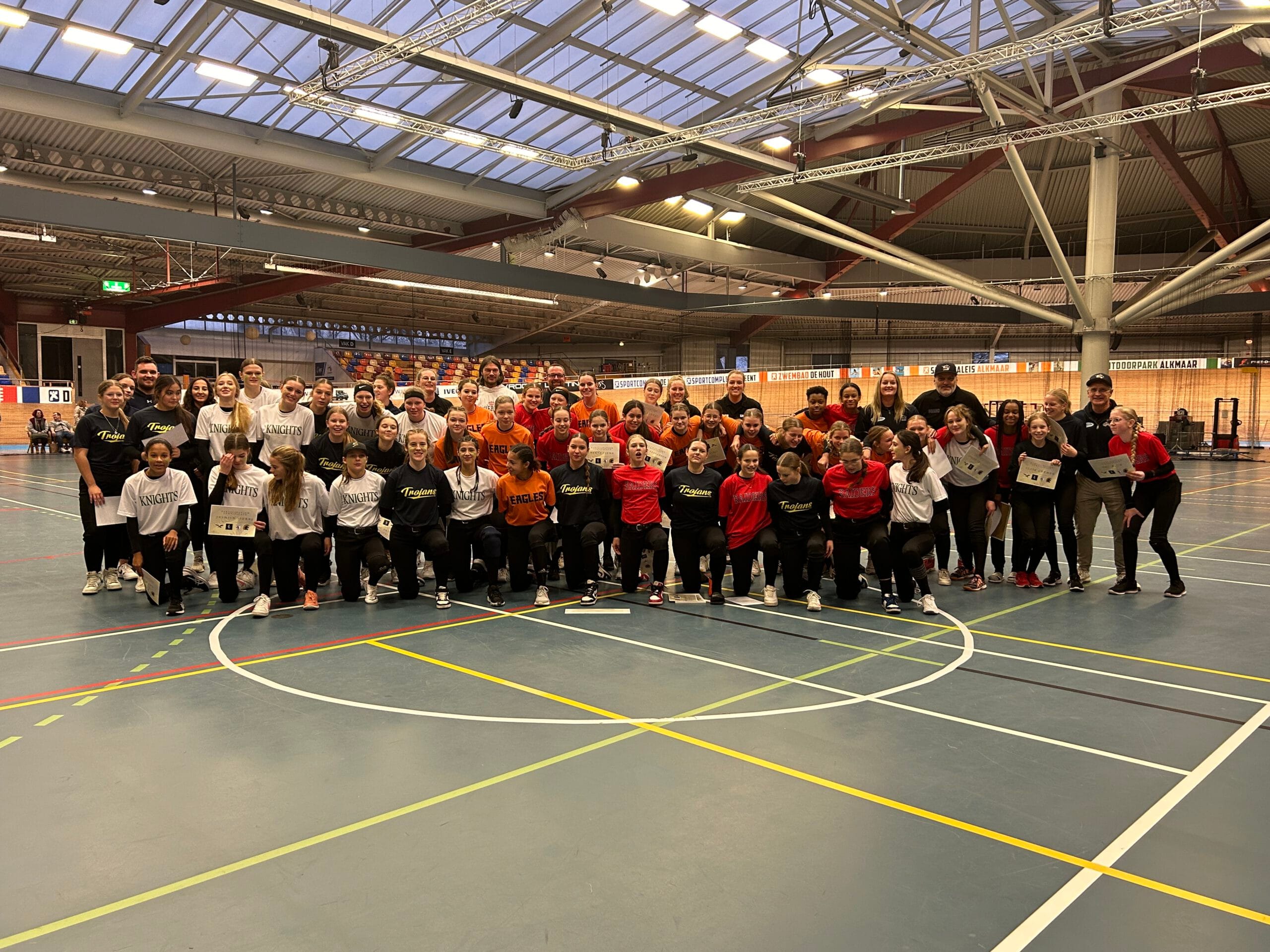Average Softball Pitching Speeds by Age
As a coach or a parent of a softball player, you probably often wonder: How fast should a pitcher be throwing at a certain age? Understanding the d...

Reinier Sierag
As a coach or parent of a softball player, you’re probably wondering from time to time: How fast should a pitcher be throwing at a certain age? Understanding the average pitching speeds by age group can help set realistic expectations and guide your players’ development.
In this blog, we’ll take a look at what to expect based on age and share tips on how to develop pitchers safely and effectively.
Average Softball Pitching Speeds by Age
Below is an overview of the average pitching speeds for softball pitchers, broken down by age group. These speeds are shown in miles per hour (MPH) and give you a good idea of the typical progression. Of course, every player develops at their own pace.
- 8 – 10 years old: 40 – 45 MPH
- 11 – 12 years old: 45 – 50 MPH
- 13 – 14 years: 50 – 55 MPH
- 15 – 16 years old: 55 – 60 MPH
- 17+ years (High School): 60 – 65+ MPH
What do these speeds actually mean?
These averages help you figure out if a pitcher is developing at a healthy pace. But it’s important not to focus on velocity alone. Control, mechanics, and endurance are just as crucial. A pitcher with spot-on control and good posture will be more successful and stay injury-free in the long run.
Tips for Coaches and Parents
Want to help your pitchers develop to their full potential? Here are a few handy tips:
- Focus on technique, not speed. The right pitching mechanics lower the risk of injury and help you progress steadily.
- Give plenty of rest. Younger pitchers need time to recover. Overuse can lead to injuries that might cut a career short.
- Set achievable goals. Don’t compare players to one another. Every kid develops at their own pace. Focus on personal growth and progress.
- Boost strength and mobility. A solid pitcher has strong legs, a powerful core, and good mobility in the shoulders and hips.
- Work with the pros. A pitching coach or physiotherapist can be a game-changer when it comes to building a solid foundation.
Conclusion
Average pitching speeds are a handy guideline, but they shouldn’t be the only measure of success. Keep looking at your players' overall development and focus on healthy growth, both physically and mentally.
Want to learn more about coaching young pitchers or looking for some hands-on drills? Get in touch with CoachBall.app or tune into our podcast for tips from experienced coaches.
Photo credits: Allies Rasban
The article Average Softball Pitching Speeds by Age first appeared on Coach Ball.
Related posts

Average Baseball Pitching Speeds by Age

Why baseball and softball are awesome for kids.

